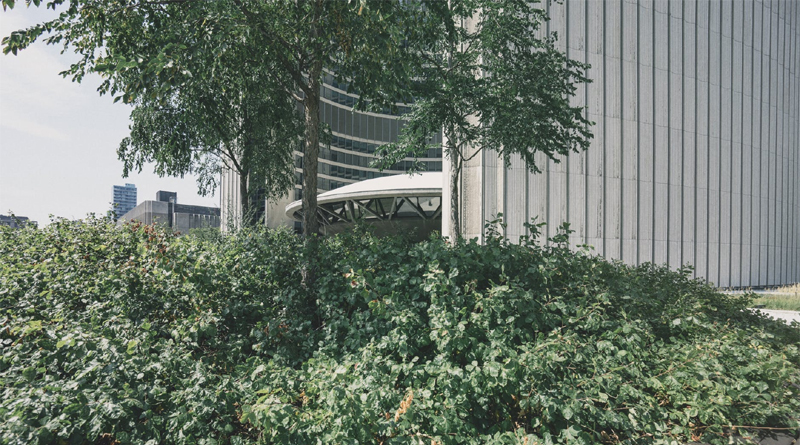WORLD’S TOP 10 SUSTAINABLE CITIES
Year on year, the global population increases. Technology developments mean that we are changing the way we live and as a result, the sustainability of our planet is in greater danger than ever before. From the release of harmful emissions to overwhelming levels of waste — it’s becoming unbearable.
Many governments and local authorities are starting to succumb to the pressures of Generation Z who are increasingly fighting for environmental change and encouraging countries to look at new ways to become more sustainable and tackle this global issue.
With the help of Maplewave, whose software has helped many move from paper to digital contracts, let’s take a look at the most eco-friendly cities around the world and see what schemes they have put in place to create a better environment for both residents, tourists and wildlife:
10. Reykjavik, Iceland

The population is one of the main factors that contribute towards a greener space, with only 126,100 people, allowing adaptive changes to be made regularly. By 2040, Reykjavik plans to eliminate their production of greenhouse gas emissions by promoting walking, cycling, and the use of public transport – including hydrogen buses. .
The city has invested millions into the creation of cycling paths and is encouraging electric car use for its 9,000 public employees by offering free parking and lower taxes.
9. Vancouver, Canada

Vancouver recognised that its environmental footprint is currently three times larger than the Earth can sustain. It has therefore launched the Greenest City initiative. Of all the major cities in North America, Vancouver has the lowest greenhouse gas emissions.
There has been a 23% increase in green jobs and a 26% increase in local food jobs since 2013, and 23% of Canada’s CleanTech companies are located in the capital.
8. Helsinki, Finland

One of Helsinki’s biggest income sources is tourism, which has led to an increase in eco-friendly accommodation. Around 75% of hotel rooms in the city have been certified as environmentally friendly and with green strategies dealing with food and water to waste management and energy consumption.
Viikki is a green district within the city. The 23-hectare residential area focuses on sustainability and as an experimental project, the district has made use of solar and wind energy systems. So much so, that the first apartment building to use solar electricity in Finland is located here.
7. Cape Town, South Africa

Cape Town is always looking at new and innovative technologies to create a more sustainable location —they began using wind farms for energy in 2008, and the city aims to get 10% of its energy from renewable sources by 2020.
The city has invested in safe-cycle routes and its My CiTi rapid service allows bikes on buses for free to help people get around without a car. In addition, many people have started to grow their own vegetables and make use of solar panels.
6. San Francisco, California

Although the city has a population of around 860,000, innovative solutions have helped make this city greener than many of its neighbours.
For example, San Francisco currently diverts 80% of its waste away from landfills and plans to increase this to 100% by 2020.
Authorities are pushing forward bans on products that cause damage to the environment, including a ban on plastic bags and water bottles.
5. Portland, Oregon

25% of workers in the city commute by bike, carpool or public transport, reducing the number of damaging vehicles on the roads. There is an estimated 250 miles of bike paths and 8% of the city’s population uses cycling as their main method of transportation.
Portland produces 2,434,840 tonnes and recovers 1,235,924 tonnes of it. The city uses 33% renewable energy (the USA average is 13%) and, like San Francisco, it has banned plastic bags.
4. Berlin, Germany

Following the end of the World Wars, residents became extremely self-sufficient, growing their own food and valuing their green spaces. This tradition has continued into the 21st Century.
Berlin has installed more than 400 charging points for Electric Vehicles across the city and many residents are ditching personal cars and opting to car-share instead. In addition, Berlin is known for it’s large number of vegetarian and vegan restaurants and hotels.
3. Stockholm, Sweden

Stockholm’s major aim is to remove the use of fossil-fuels by 2040. Bio-fuel is becoming more popular and is generated from sewage waste, powering vehicles around the city.
Stockholm his also recovering wasted heat from its 30,000-seat stadium which is used to help warm over 1,000 flats.
2. Amsterdam, Netherlands

Amsterdam was one of the first cities to outline sustainability measures and set a target date of 2020. The city authorities are trying to reduce the amount of emissions from cars by introducing electric vehicles and over 300 EV charging points.
More homeowners are installing solar panels and growing their own food, or purchasing from local farmers’ markets, which in turn, puts money back into the local economy.
1. Copenhagen, Denmark

Due to continued investment into green alternatives, Copenhagen is rated most eco-friendly city in the world – and it has plans to become even more eco-friendly.
It is set to become the first CO2-neutral city by 2025. Most residents cycle rather than drive with only 29% of households owning a car, and the city has introduced extra cycle lanes. Most hotels across the city now provide guests with bicycles. – with Copenhagen now overtaking Amsterdam to become the most bicycle friendly city in the world.
Organic eating is popular in the city too — 24% of the total food sold in the city is organic and 88% of the food that is served in public organisations is organic.
AUTHOR: Georgie White, Mediaworks
[NOTE: We first published this article in November 2018]

